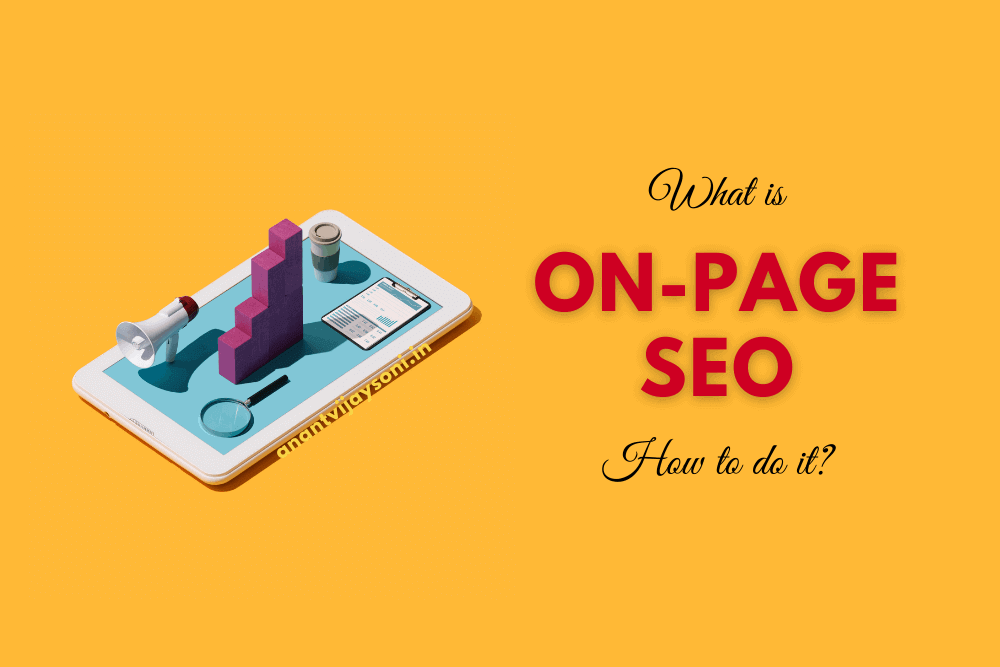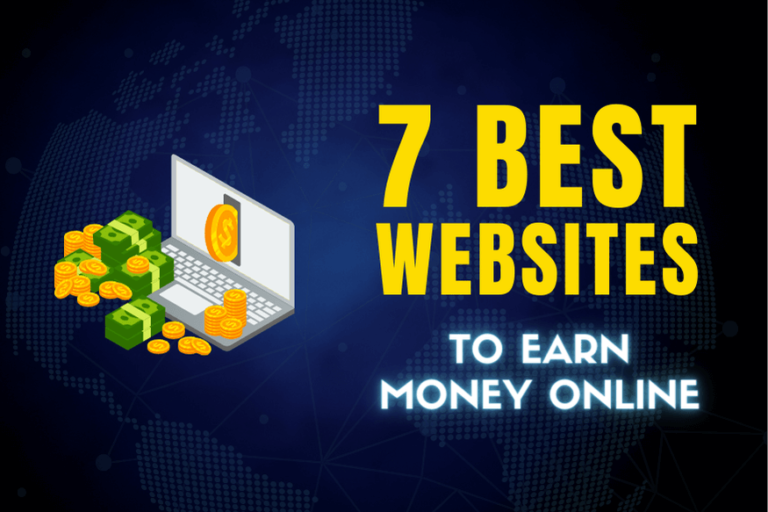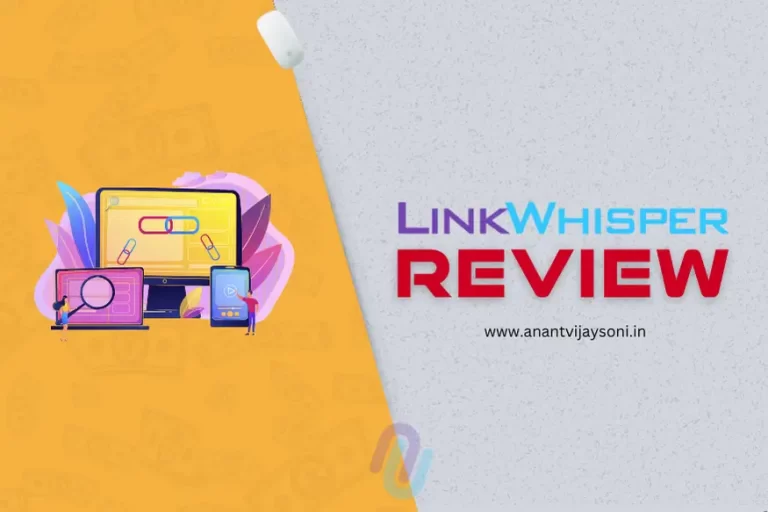Table of Contents
What is On-Page SEO?
The optimizations are done on the blog post to fulfill the primary conditions of the search engine bots. There is no list of the conditions however anything done positively for a good user experience always gets rewarded by search engine bots.
For years many companies have tried to understand through hit and trial method the best possible On-Page SEO techniques.
So let us enlist what are the primary on-Page SEO techniques which we should always keep in mind.
- Meta Description
- Title Tag
- Readability – comprises of Tone, Grammar
- Length of the post
- Focus Word
- Images
- Linking
We will also discuss the best tools in the market to check the on-page parameter for all the blog posts you write.
What is Meta description?
Meta Data is an HTML tag which gives a summary of an HTML document or a web page. This is machine parable and does not appear anywhere as part of your web page. Below is an example of the meta description.
<head><meta name=”description” content=”On-Page SEO”</head>
What is the significance of the Meta Description?
Since it is machine parsable, Google bots read it for the web page and display it in the search just below the title of your post.

Another important aspect is its relation to search queries. Google displays your content in the search list only if the content of your post answers the query posted in the google search bar. And the highest priority is given to the title and meta description of your tag.
What is Title Tag?
The title tag is the title of the web page. It appears on the google search. The highlighted blue text below is the example of the title.

The significance of the title tag is that it is also some of the first things which google looks for when a query is fired on the google search bar. The title is one of those few parameters through which Google finds the relevance of the post against a query.
Readability of the Blog Post
People of all age groups use the search engine. Hence search engines prefer the tone and language which can be understood by all. Hence you must always keep the tone confident and happy. Similarly, you should keep the language also simple.
How can we do it?
Simple, Yoast SEO helps you in keeping the tone and language in a proper way. There are certain parameters defined by Yoast which help you in achieving the desired results.
- Use minimum passive voice
- Use more transition words
- Keep the article structured. To do that make use of heading tags(<h2>…..<h6>)
- Keep the words following a heading less than 300
- Try to keep the language simple. Yoast measures it through Flesh Reading Ease Test.
- Keep your sentences short and crisp.
Length of the Post
I used to think why does the length of the article matter? Over time I realized that if you are writing a longer article then there is a chance that you will use more data and information to support the post. This could help in increasing the positive user experience. Hence search engines like the long post with relevant information. It is generally seen that the longer posts are ranked higher than the shorter ones.
Focus Keyword
Though the search engine bots are intelligent enough to understand the relevance of the article for a query. However, I would still suggest that you must spread the focus word very intelligently across the post. You must do it in a way that does not look deliberate.
The best way to avoid deliberate stuffing of focus words is that you must do keyword research before you start writing your article. When you write the article for that focus word then it is quite natural that you would use the word many times in your post naturally.
Images
Search engines like anything which can enhance the user experience. Images definitely enhance the visual experience of the users and that’s why search engines promote usage of relevant images as part of your post.
Linking
Last but not least. Linking is very important for all the articles.
You must be thinking why?
External Linking – it is important to back up your articles with important and authentic information. You can always link your articles to websites that are authentic. The best example of external linking is Wikipedia. Articles on Wikipedia are always backed up by various sources and references.
Internal Linking – suppose you have an article on wristwatches on your Blog. If you link that article to another internal article written on wall clocks then in a way you are giving users an option which they might like. Linking your articles internally within a proper structure is very important.
When the users visit your landing page they generally do not have any idea about other content on your Blog. Hence you can link your landing page to relevant articles which in turn can link to some more. Hence this way you can try to keep a pyramid structure by internal linking. This is a tested strategy and is a very effective one.
Learn More: What is Off-Page SEO? and How to do it?






2 Comments
well explained sir
Thanks you so much